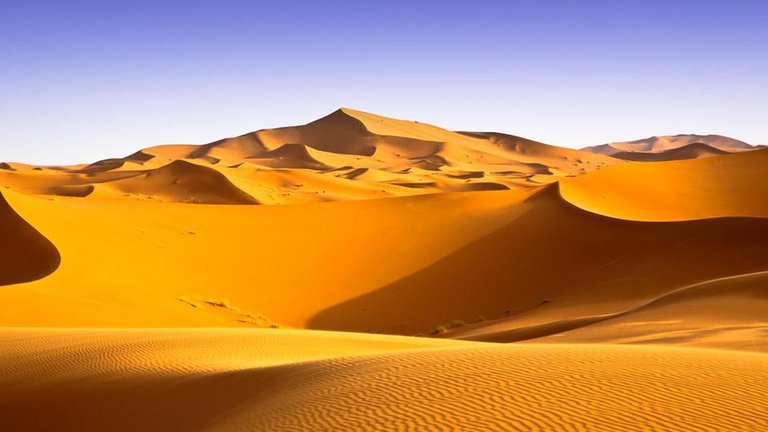Sahara - Over the last century, the area of the Sahara desert has increased significantly, caused by climate change.
The phenomenon is known based on a collection of scientific data since 1923, and consists of various factors that contribute to changes in rainfall in the region.
Quoted from Independent.co.uk on Friday (30/3/2018), researchers have noted that before the Sahara desert has an area of the United States (US), namu is now widening 10 percent since the measurement in a century ago.
"Our results are specific to the Sahara desert but may have implications for other deserts in different parts of the world," said Professor Sumant Nigam, an atmospheric and oceanic scientist at the University of Maryland, and senior author of the study.
As the world's population continues to grow, people in the desert border area can not afford to lose if they have to lose more fertile soil.
Like the desert, the Sahara experiences a seasonal pattern of expansion and contraction, but Professor Nigam and his colleagues are able to establish their overall expansion.
To determine the impact of climate change, scientists used statistical methods to eliminate the effects of natural climate cycles, such as Atlantic Multidecadal Oscillation on rainfall variability.
These results reveal the combination of natural climate cycles and climate change, caused by humans, has led to the expansion of the desert region naturally over the past century.
However, the latest count indicates a bad news, as it is known to grow by as much as a third of its size in 1923.
Can Impact on Other Deserts Worldwide
The results of scientific studies published in the Journal of Climate show that trends in extreme summers in Africa are increasingly alarming, and rainfall is falling from time to time.
This is due to several factors, including increased greenhouse gas effects, as well as aerosols, in the atmosphere.
"This trend also has a devastating impact on the lives of Africans, who depend on an agriculture-based economy," explains Dr Ming Cai, a program director at the National Institute of Sciences in the US.
Natalie Thomas, a graduate student in atmospheric and oceanic sciences, who contributed to the study, said: "With this research, our priority is to document long-term trends in precipitation and temperature in the Sahara."
"Our next step is to see what drives this trend, for Saharan and other desert locations," continued Thomas.
Along with the study, the research team also conducted similar tests in the Mojave desert area in the United States.
"Here, winter is warmer but summer is almost the same," Thomas said.
"In Africa, on the contrary, winter endures but summer gets hot, so pressure in Africa is worse."
Vote for busy As Witness
#busy #zappl #good-karma #esteemapp #esteem #steepshot #steemit #minnowsupport


